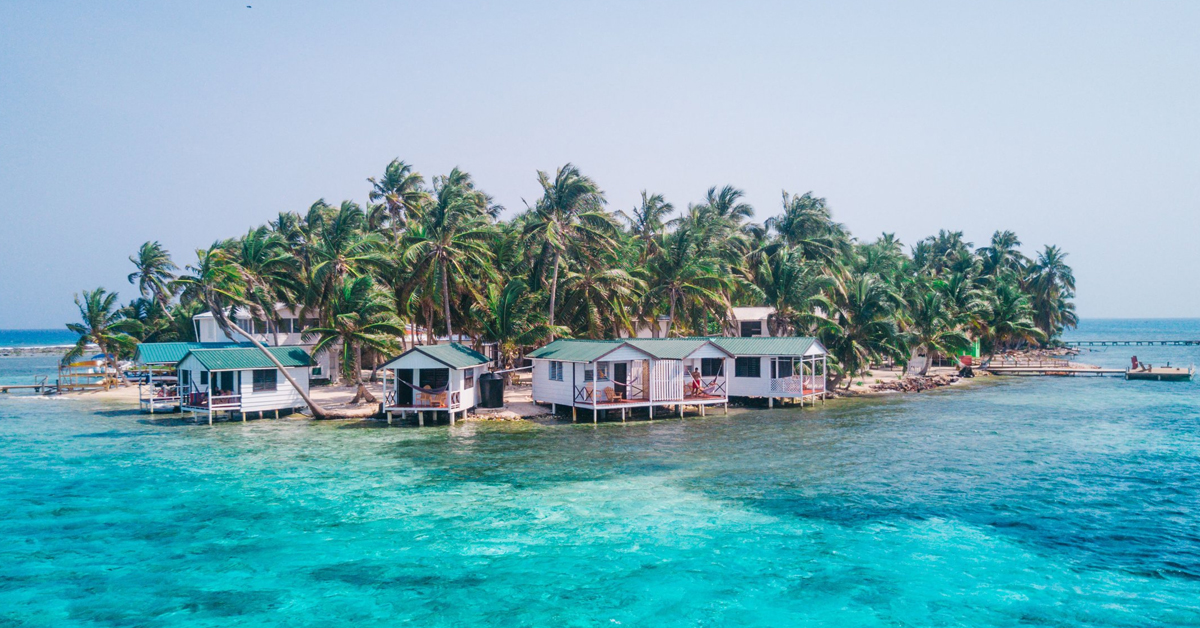Nestled between the Caribbean Sea and the dense jungles of Central America, Belize is a sanctuary for biodiversity and conservation. But what makes it even more extraordinary is how the country has embraced eco-tourism as a pathway to sustainable development.
From pristine coral reefs to ancient rainforests teeming with wildlife, Belize is not just protecting its natural treasures—it’s inviting travelers to experience them responsibly. In a world increasingly impacted by climate change and mass tourism, Belize stands out as a model of how putting nature first benefits both the environment and the economy.
Why Eco-Tourism Matters in Belizem
Eco-tourism in Belize is more than a trend—it’s a national priority. With nearly 40% of its land and marine territory under some form of protection, the country has committed to conservation like few others. The revenue generated from eco-friendly travel directly supports wildlife protection, habitat restoration, and local communities.
By choosing Belize, travelers become part of a movement that balances adventure with purpose.
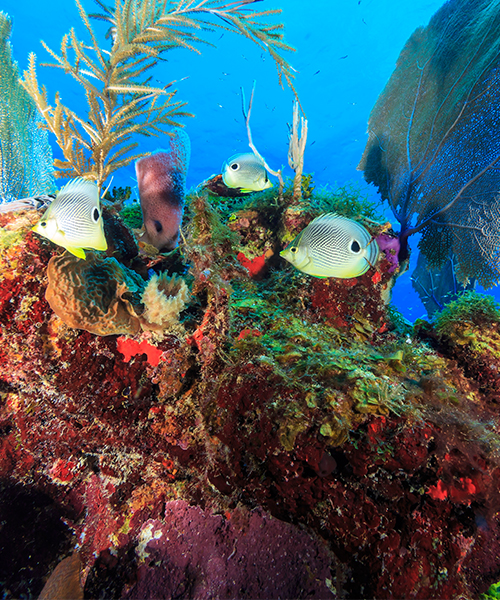
1. Protecting the Belize Barrier Reef
The Belize Barrier Reef Reserve System, a UNESCO World Heritage Site, is the second-largest reef system in the world—and one of the country’s greatest natural assets.
Eco-tourism Impact:
- Eco-tours for snorkeling and diving educate visitors about coral conservation.
- Marine protected areas like Hol Chan and Glover’s Reef are funded in part through eco-tour fees.
- Belize became the first country to ban offshore oil drilling near the reef to preserve its fragile ecosystem.
What to do: Snorkel with eco-certified guides, visit coral restoration sites, or participate in citizen science reef surveys.
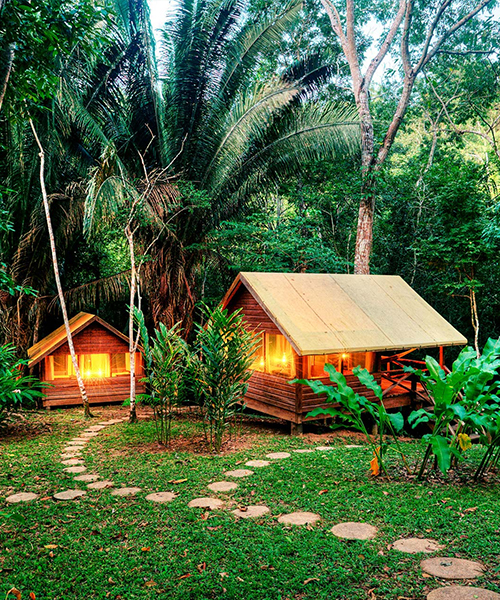
2. Sustainable Jungle Experiences
Belize’s inland forests are home to endangered species like jaguars, tapirs, and howler monkeys. Community-managed reserves and eco-lodges offer immersive wildlife experiences without disrupting natural habitats.
Top spots:
- Cockscomb Basin Wildlife Sanctuary – The world’s first jaguar preserve.
- Mountain Pine Ridge Forest Reserve – A haven for hiking, birdwatching, and cave exploration.
- Community Baboon Sanctuary – A grassroots conservation success story.
What to do:
Stay in off-grid eco-lodges, go on guided nature hikes, or support reforestation efforts through volunteer tourism.
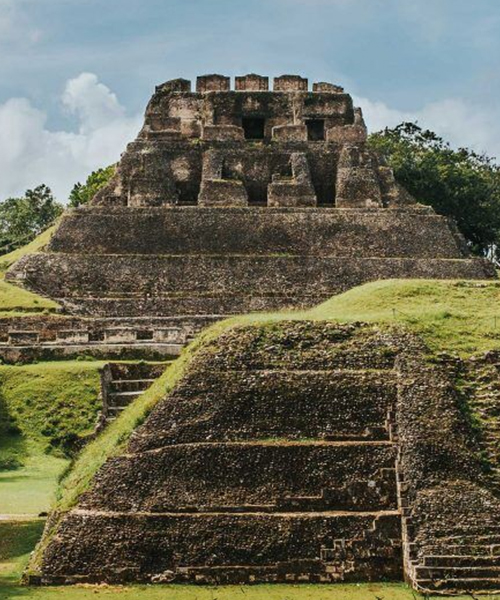
3. Maya Communities and Cultural Preservation
Eco-tourism in Belize isn’t just about nature—it’s about people, too. Many indigenous Maya communities have developed eco-tourism initiatives to preserve their land, culture, and traditions.
How tourism helps:
- Provides alternative income sources to logging and agriculture.
- Supports education, healthcare, and infrastructure through tourism dollars.
- Keeps ancestral practices like cacao farming, traditional medicine, and weaving alive.
What to do: Join a traditional cacao-making workshop in Toledo, take a guided forest walk with a Maya healer, or stay in a family-run lodge.
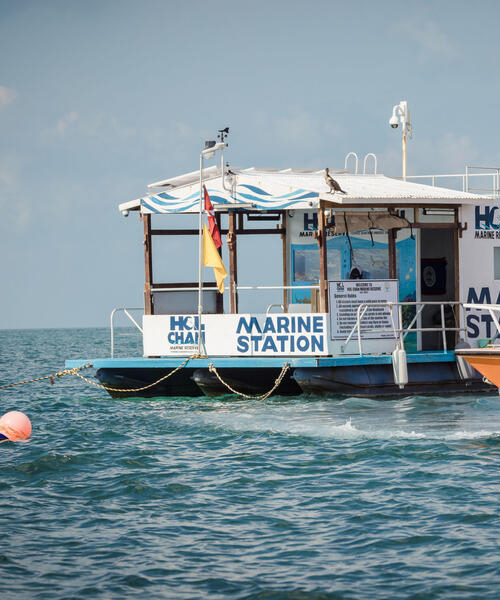
4. Marine Reserves and Sustainable Fishing
In coastal villages like Placencia and Hopkins, local fishermen are becoming reef stewards by partnering with marine biologists and tour operators.
Success stories:
- No-take zones and seasonal closures help fish stocks recover.
- Lionfish hunting tours turn an invasive species into a culinary delicacy.
- Fishermen act as conservation guides, blending tradition with science.
What to do:
Try a lionfish taco (yes, it’s delicious!), tour a fish sanctuary, or support responsible seafood restaurants.

5. Eco-Lodges and Green Accommodations
Belize is home to some of the most eco-friendly lodges in the Americas. These properties use solar power, composting toilets, rainwater catchment, and organic farming to reduce their environmental footprint.
Notable mentions:
- Chan Chich Lodge – Deep in the rainforest, it supports jaguar conservation.
- Hamanasi Adventure & Dive Resort – A Green Globe certified hotel in Hopkins.
- Chaa Creek – A pioneer in sustainable tourism with an award-winning model.
What to do: Green certifications, community hiring practices, and nature-based activities led by locals.
Challenges and the Road Ahead
Belize’s eco-tourism model isn’t without its challenges. Balancing development and conservation requires ongoing effort, particularly as tourism grows. Climate change, plastic pollution, and illegal wildlife trade continue to threaten Belize’s ecosystems.
However, government policy, grassroots action, and growing traveler awareness are turning the tide. With eco-tourism leading the way, Belize shows the world that sustainability is not a sacrifice—but an opportunity.
How You Can Travel Responsibly in Belize
- Choose local guides and family-owned businesses to keep tourism revenue in communities.
- Avoid single-use plastics, and bring a reusable water bottle and tote bag.
- Respect wildlife – never touch marine life or feed animals.
- Stick to trails to avoid damaging sensitive ecosystems.
- Learn about local cultures before visiting—knowledge builds respect.
Final Thoughts
Belize is proof that putting nature first creates a travel experience that’s not just beautiful, but meaningful. Every jungle trail, coral reef, and cultural village you visit tells a story of resilience, stewardship, and hope.
So when you travel to Belize, remember: you’re not just a tourist—you’re a partner in preservation. And that’s what makes Belize’s eco-tourism truly unforgettable.



